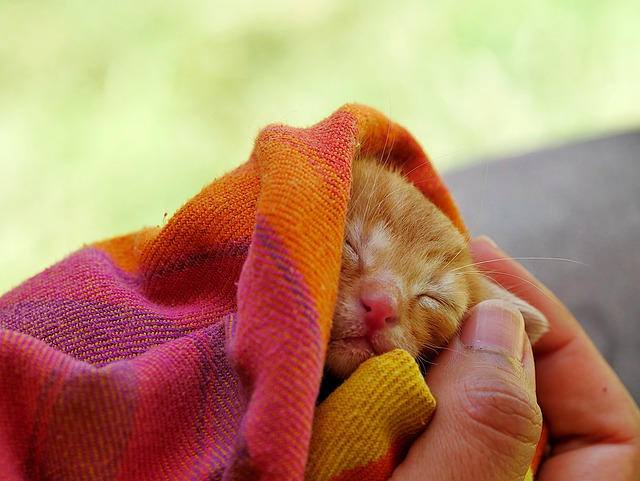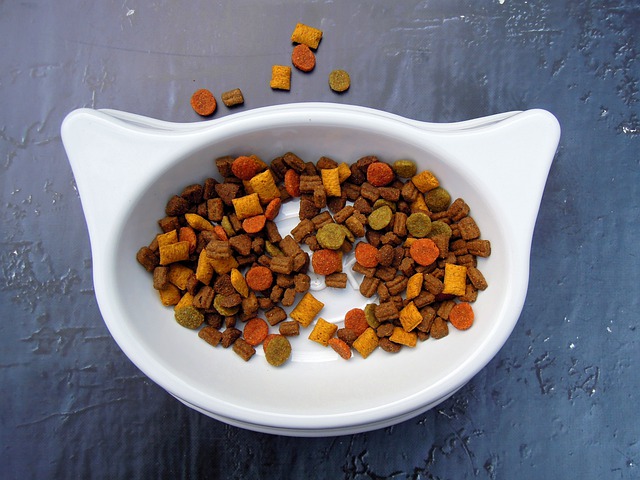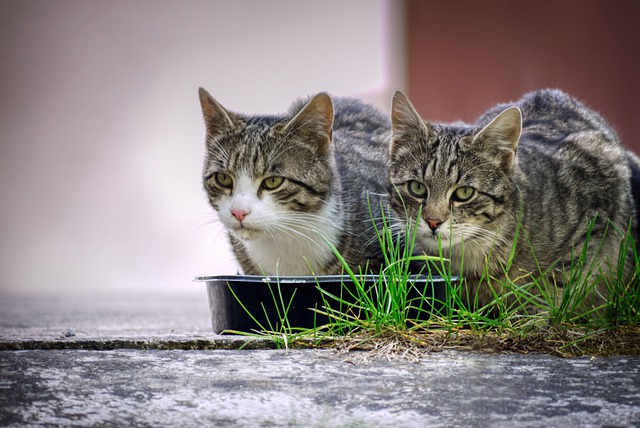Diabetes is a disease that affects blood sugar levels in cats. It’s important to keep blood sugar levels under control by following a healthy diet and routine monitoring of blood glucose levels.
The diabetic cat may experience increased urination, hunger, and thirst. Additionally, cats with diabetes may experience episodes of high blood sugar (hyperglycemia), which can be managed with extra water, food, and exercise.
Diabetic cats require careful diet planning to ensure they get the right nutrition and calories. If you have a diabetic cat, make sure to read this blog carefully to learn about the diet that is best suited for your cat’s condition and needs.
You’ll also find helpful tips on how to feed your cat, as well as information on diabetes in cats and homemade diets for diabetic cats.
Make sure to keep your cat healthy by following these tips and feeding him a diet that suits his delicate blood sugar level.
The Basics of Feline Diabetes

If you have a diabetic cat, you know that its life is full of adjustments. Luckily, there are a few basics that you can follow to help make things easier.
For one, diabetic cats need plenty of fresh water to prevent dehydration. They should also eat high-quality food that is low in sugar. Along with food, diabetic cats need to be especially careful with their blood glucose levels.
This is because sugar levels are high in many cat food formulations. To keep glucose levels under control, diabetic cats need to monitor their weight and adjust their diet accordingly.
Diabetic cats also need to be especially careful with their food intake, as sugar levels are high in many diets. Fortunately, lifestyle adjustments – such as reducing stressor exposure – can also help improve blood glucose control.
Causes Of Diabetes In Cats
If you’re finding that your cat is becoming increasingly overweight and showing signs of diabetes, it’s important to contact your veterinarian as soon as possible.
There are a few causes of diabetes in cats – obesity, genetics, and age- but the main one is obesity. Diabetes can be treated with diet and exercise but it’s always best to consult your vet first to get a proper diagnosis and plan of action.
It’s also crucial to monitor blood sugar levels regularly; if they start going up too high, insulin injections may be necessary.
Planning A Diabetic Diet For Your Cat
A diabetic cat’s diet is specially designed to manage blood sugar levels. To make sure your cat is getting all the nutrients it needs pay attention to the food choices listed below.
Some good sources of protein include meat, poultry, fish, eggs, and cottage cheese. Fiber is also important, so make sure to include plenty of it in your diet.
Be especially careful when feeding your cat carbs, as they can be high in sugar. Make sure to keep a close eye on your cat’s blood sugar levels to ensure they are staying on track.
Your diabetic cat needs special attention when it comes to its diet. If you’re feeding your cat dry food, be sure to add water to their meals for optimal hydration levels!
Additionally, diabetic cats require different types and amounts of food than non-diabetic cats, so it’s important to read food labels carefully and adjust meal times as needed.
If you have any questions about feeding your cat diabetes-specific food, don’t hesitate to reach out to your veterinarian for help. They’ll be more than happy to help you out!
It can be tough to keep track of all the different food options and caloric intakes for a diabetic cat. That’s why it’s essential to have a plan! Once you have the number, it’s time to choose the right food type for your cat.
There are two main types of food – kibble and canned food. Diabetic kibble and canned food are two of the most popular choices for diabetic pets, but there are many other options available.
Next, it’s essential to find a diabetes diet for cat recipe that fits within your cat’s caloric needs. Once you have that figured out, it’s time to calculate your cat’s daily caloric needs.
Once you have that information, you can start feeding him accordingly.
What Sort Of Diet Can I Feed My Diabetic Cat?

Feeding a diabetic cat can be a challenge, but it’s important to do it right. When selecting food, make sure it’s low in carbohydrates and high in fiber.
This way, the cat can stay insulin-free and healthy. To keep blood sugar levels in check, diabetic cats need to monitor their food intake and blood sugar levels regularly.
Try out different recipes and see what works best for your diabetic cat.
Diet for diabetic cats is important for a few reasons. Firstly, it’s important to be mindful of what sorts of treats you give your diabetic cat.
They should be small in size and high in protein and fiber content. Diabetics require a very low-calorie diet to manage their blood sugar levels, so make sure they’re getting all the nutrients they need with their food.
Beyond that, the type of food you feed your cat is just as important as the actual number of calories it contains.
Cat food that is high in moisture content can cause kidney problems in diabetic cats, so it’s important to read the ingredients list and choose food that is low in moisture content.
In the long run, feeding your cat a healthy diet will help manage their blood sugar levels and improve their health overall.

Connect with a verified vet in minutes. No waiting for appointments. No high fees. Just peace of mind. 24/7. Even on holidays
How Often Should I Feed My Diabetic Cat?

It can be difficult to keep track of the carbohydrate and protein content of food that’s suitable for a diabetic cat.
That’s why it’s important to consult with a veterinarian before making any changes to your pet’s diet. Keep in mind that feeding canned food should be given in small portions just before bedtime so that your cat doesn’t overindulge during the night.
Feed your diabetic cat the same amount of food every day, regardless of how much he or she has eaten recently.
This will help keep blood sugar levels stable and minimize the chances of developing diabetes in the first place.
Tips For Feeding A Diabetic Cat
It can be tricky feeding a diabetic cat the right food, as their blood sugar levels can fluctuate a lot. That’s why it’s important to have all of your cat’s food and water dishes full at all times and to offer him wet food instead of dry food.
You can also try feeding him a low-carbohydrate diet to help control his blood sugar levels. And lastly, avoid overfeeding your cat – this can lead to obesity and health problems down the road.
Homemade Diets For Diabetic Cats

Dieting for diabetic cats can be a bit of a challenge, but it’s not impossible. There are many different homemade diets that can be adapted to diabetic cats, and all of them have their own pros and cons.
One option is a kibble/pellet diet, which is easy to prepare and has plenty of flavor options.
Another is a canned or dry food diet, both of which can provide your cat with the nutrients and food they need.
It’s important to keep in mind that each type of diet has its own benefits and drawbacks, so it’s important to choose one that meets your cat’s specific needs.
As long as you’re diligent in feeding your cat the right food and monitoring their blood sugar levels, you should be able to manage their diabetes successfully.
Final Words
Diabetes in cats need not be frightening. You simply need to become knowledgeable about feline diabetes and what to feed them.
In this article, we have explained everything you need to know about feeding a diabetic cat. From the type of food to how often to feed it, we have you covered.
Make sure to read through the article carefully and then follow the tips given to ensure that your diabetic cat is getting the right food and nutrition.
Thanks for taking the time to read our blog post on feeding a diabetic cat!



